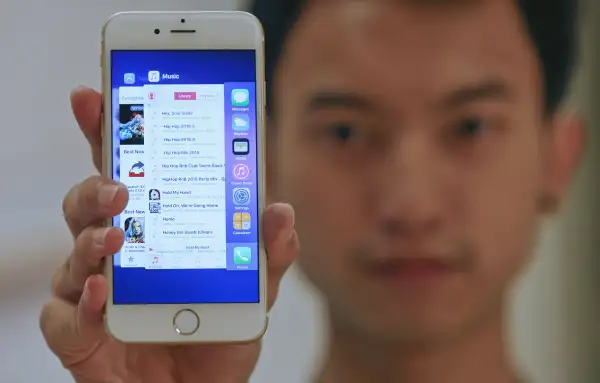If You Upgraded to iOS 9, This Trick Will Save You from Data Overages

Apple's new iOS 9 didn't really change much from iOS 8, with the exception of a few tiny features like low-power mode, app thinning, a smarter caller ID, and a news app.
While the small upgrades mean most iPhone users won't have to learn anything new, they shouldn't simply keep using their phones as if nothing's changed. As Quartz noted, anyone who has upgraded should go through the new operating system and pay special attention to the "Settings." Failure to do so could cost you big time when your cell phone bill comes.
Hidden at the very bottom of the "Cellular" tab in settings, there's a toggle called "Wi-Fi Assist." The default setting in iOS 9 is for "Wi-Fi Assist" to be on. When it's activated, the iPhone will use cellular data—from your cell phone plan—to supplement the Wi-Fi if the router signal is weak. Though the option will boost your phone speed, it will also most certainly tax your data plan. And if you don't have unlimited data, it wouldn't be hard to hit your usage maximum quickly and potentially go over.
So if this is likely to be a problem for you, simply turn "Wi-Fi Assist" off.
Read next: Use this tool to find the best cellphone plan for you.